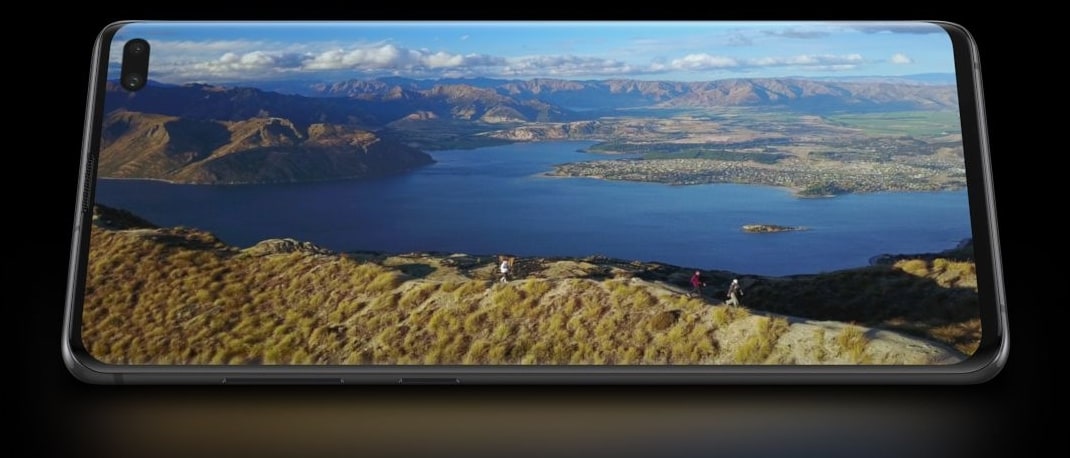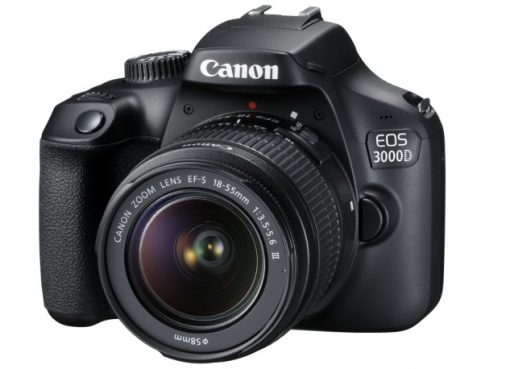Smartphone display technologies have evolved over the past decade. Phones with smaller and boring looking LCD displays have been replaced by vibrant and colourful AMOLED displays.
 |
|
Most recent phones are nearly bezel-less, offering larger screens rendering a wide gamut of rich colours and an infinite contrast ratio. The technology has made watching movies, playing games and reading books so much more immersive than outgoing technologies.
To better understand how AMOLED displays work and their benefits, let’s understand how we humans see colours. We came across two interesting blog posts – one that explains colour psychology and the other talks about gender wise colour preferences.
You might be wondering how this information has anything to do with smartphone displays. Smartphone manufacturers consider these facts to deliver cinema-like picture quality in phones. One of the biggest brands, Samsung did a colour preference test of over 2000 people in 15 countries. Here is the link where you can read more, and below is a snippet of their findings.

AMOLED technology explained
Smartphones are no longer just used for calls and texts; they are our TV and movie screen that we carry in our pockets. Let’s start with a little background on how phone displays work. LCD display panels feature a filter with light emitting diodes (LEDs) grouped in red, green and blue. These form an individual pixel. To reproduce colours, light is passed through a liquid crystal layer and the RGB colour filter. This is how we see the picture on our phones.
An AMOLED display is very similar to an LCD display, but different in operation. There are two thin film transistors (TFTs) – one that controls the flow of the current through every pixel and the second TFT for charging the storage capacitors. When the electric current is passed through storage capacitors, the TFT panel gets activated, which produces a wide range of colours. This is why AMOLED displays are known for their evolved colour reproduction and superior picture quality.
What makes AMOLED displays so amazing?
Deeper and richer colours

AMOLED displays are great at producing deep blacks. This is because the storage capacitors can completely turn off the light for each pixel, producing deeper and darker colour shades. This helps boost the contrast ratio of white in AMOLED displays and you see the screen producing very bright colours adjacent to completely dark areas.
In LCD displays, backlight panels are not completely turned off when rendering dark scenes. If you play a movie on both, LCD and AMOLED phones, you will notice that the LCD phone displays a slightly greyish shade instead of a pure black, while AMOLED don’t have that shortcoming.
Another interesting thing about AMOLED displays is the Always-On Display mode. On enabling this feature, you can check app notifications, calendar events, time and date without having to wake your phone. This saves a lot of power, while being functional. There are even more options to customize the display by adding widgets and themes.
Thinner and flexible displays
In terms of size, an AMOLED panel is a super thin layer of plastic made of organic compounds. Since there are no backlights used, these displays are easy to embed into devices as small as smartwatches to large-sized TVs. The AMOLED display technology have even helped make devices much thinner than devices using traditional LCD screens.
Less power consumption and heat generation

LCD displays draw a lot of power to produce colours. Unlike them, AMOLED displays have pixels that generate their own light. Only the active pixels require power to produce colours. When there is a dark scene in photos, videos and movies, the pixels are inactive and hence they do not consume any power. This means phones with AMOLED displays consume less battery power and do not heat up with continuous usage.
Wider viewing angles

Phones with AMOLED displays offer better viewing angle. The reason behind this is that AMOLED screens produce their own light. Although, the absence of a backlight panel in AMOLED displays can make them difficult to view under direct sunlight. One of the well-known brands, Samsung has addressed this issue offering a solution called Super AMOLED displays. This is seen in some of their phones, the Samsung Galaxy A50, Galaxy M30 among others.
This display technology has an added layer of semiconducting film with electrodes on either sides. As soon as the current is passed through the semiconducting film, it emits light further, activating every pixels for a better viewing experience no matter what the lighting condition.
As of 2019, demand for AMOLED display devices is higher than ever before. Most popular smartphone manufacturers use AMOLED on their flagship phones. If you are planning to buy a new phone, a phones with an AMOLED screen is a well-worth, future-proof investment. What better way than to check out these devices at your nearest Reliance Digital store. Now, you can also order a smartphone of your choice straight from our product catalogue on RelianceDigital.in.




